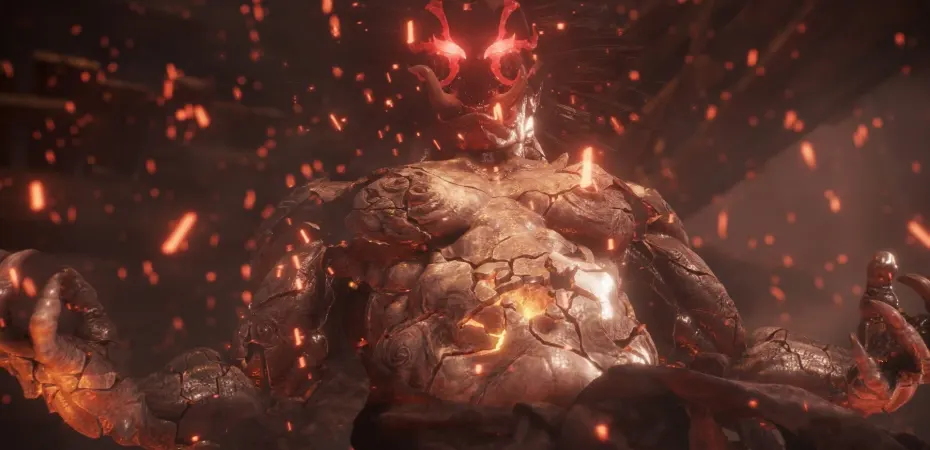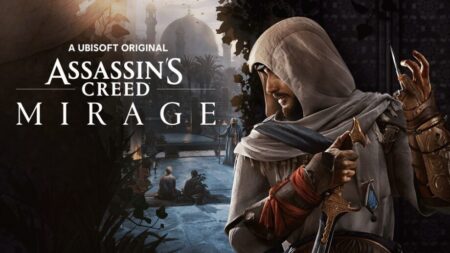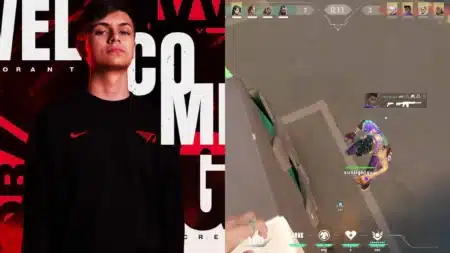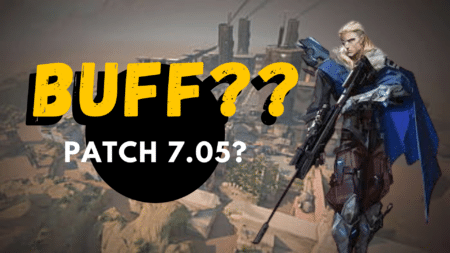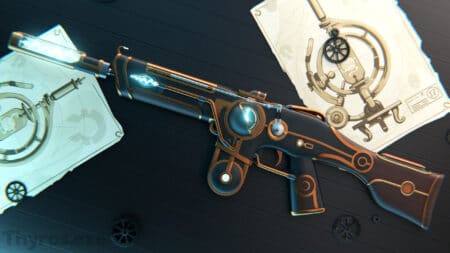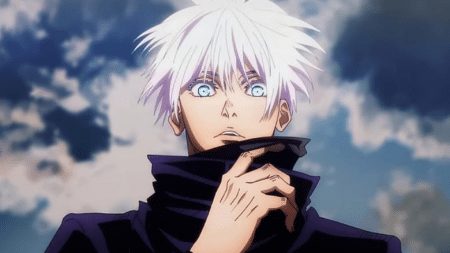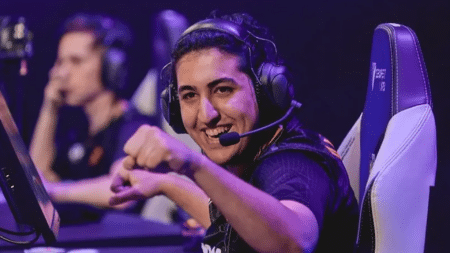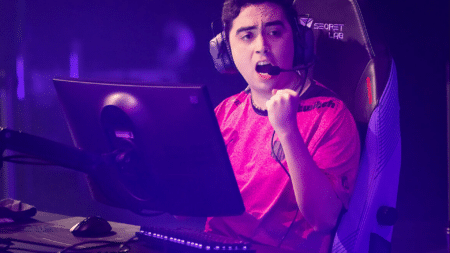What should I do next? The kitchen is spotless. You’ve finished the washing. The home has been cleaned twice now. Even though chartreuse wasn’t a fantastic color selection, the paint shop was forced to shutter since the state was threatening to revoke their business license if they didn’t shut down. This isn’t because you don’t have the cash, but because the state is ruining the industry for low-income people who can’t be sure that their employment will be available for them when they go back to work.
When it comes to remaining at home, I’d recommend picking up Nioh 2, which I’m now writing from my personal mortgaged jail cell. Nearing brilliance, there is plenty of action left on the table. Even so, I found myself looking wistfully into the darkness after discovering I’d drank everything long before the big names of my country recognized shutting people in their houses as totalitarian. Despite the substantial portion I’d just devoured, I yearned for more and more. It’s the same thing with methamphetamine dependence. I am told.
I played Nioh 2 during Lockdown but never had time to sit back and write a detailed review of it.
BUT THE TIME HAS COME!
The Story
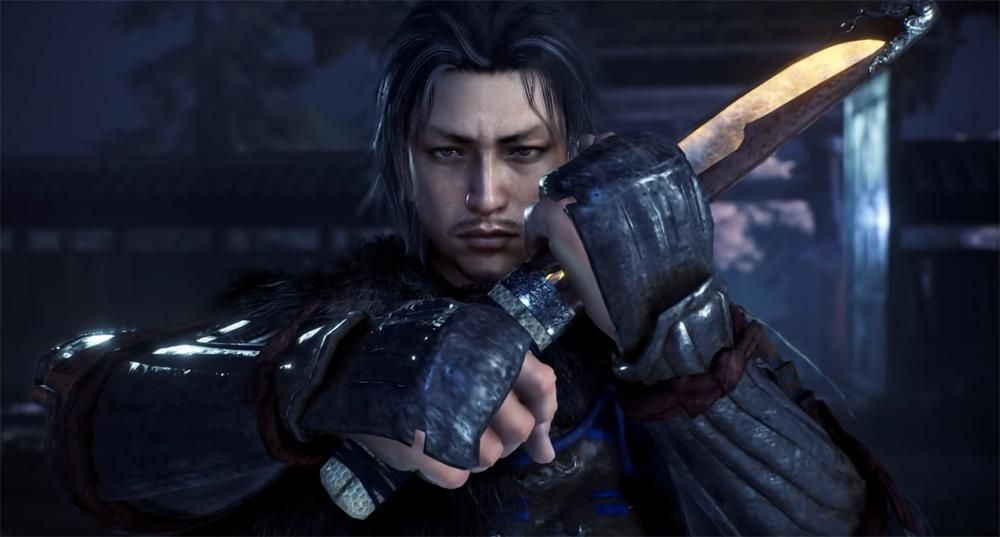
As the title suggests, Nioh 2 is a successor to Nioh. When it comes to gameplay mechanics and fighting abilities it is nearly similar to its predecessor, and every loading screen includes interesting nuggets regarding Japan’s Sengoku Period. It’s important to note that this title is a precursor to the original, but that’s just for individuals who care about narrative and storyline, which are usually the least interesting aspects of RPGs.
Have You Read: Super Auto Pets: Detailed Review
A further huge difference in this title is that your avatar isn’t completely humanoid this time around. You take on the role of hiding, a roving half-ykai described as a Shifting in Nioh 2. A trader searching for Amrita and a monster catcher are two of the characters you’ll meet in this precursor to the original title, which takes place during the Sengoku era in Japan. Aside from the demonic beasts, you’ll be confronted by figures like Toyotomi Hideyoshi and sometimes even youthful Oda Nobunaga from the original title. The plot of the game is set against the background of Nobunaga’s effort to unite Japan.
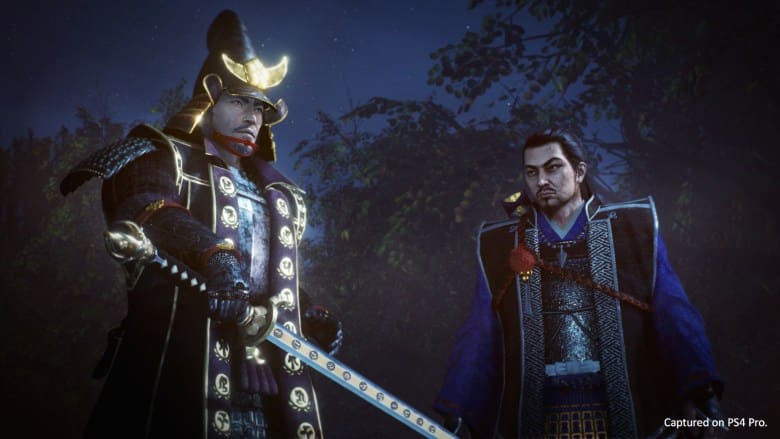
The Gameplay
Because the main in Nioh 2 is no longer a predefined personality but rather an incarnation created by the player, the game has a character maker, and it’s rather good. Creating your own character is easy, and I’ve seen some impressive recreations of iconic media characters (such as DIO from Jojo’s Bizarre Adventure, Samus Aran from Metroid, and even Big Boss from Metal Gear Solid) done by gamers.
I also like that the title allows me to customize my character’s look at any time (even when not on a quest), such as its sexual orientation, which is a little strange from a lore/story viewpoint but an excellent addition for the sake of the game’s overall fun factor and replayability.
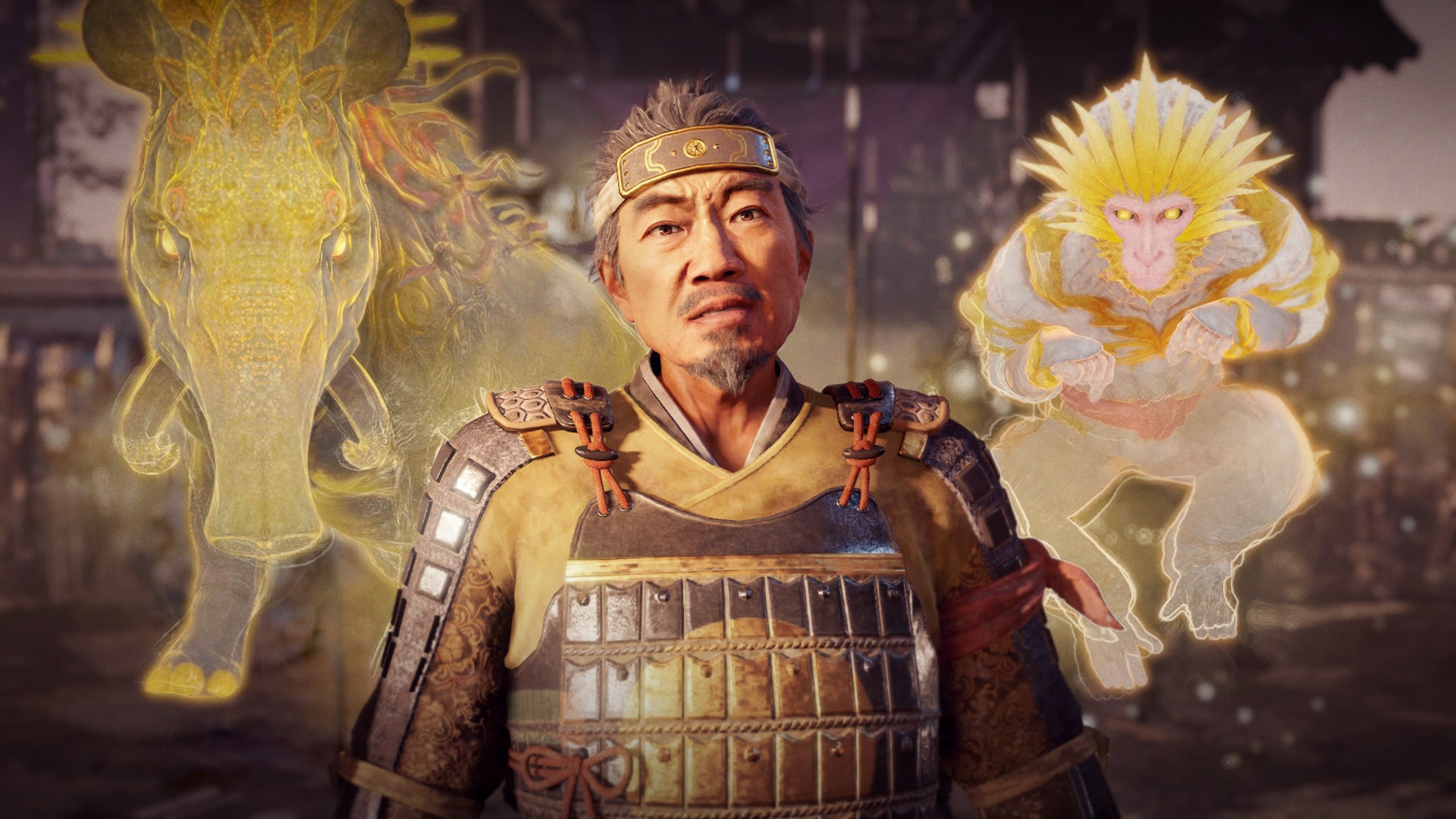
You get wealth by killing your foes and spending it to earn ranks, each of which gives you a talent point that you may use to increase your character’s murderous abilities. Onmyo and ninjutsu, Nioh’s mystical systems, have been resurrected and greatly developed. The drawback is that the player must sift through a greater number of basically pointless skills, but because skill points can be reset with relative ease, this encourages the player to try out as many as possible, further deepening the already rich exploring experience.
With the addition of new armaments and weaponry kinds, such as the switchglaive, a form of trickery sword mimicking a scythe in Magic, players may get more bite for their skill point input by using Onmyo talents. I favor a basic katana, with a combination of Ninjutsu and Onmyo as a backup; it is the most adaptable sword and climbs on the Heart attribute, together with my bow. “Heart!” screamed that scumbag Planeteer in my head for as long as I can remember.
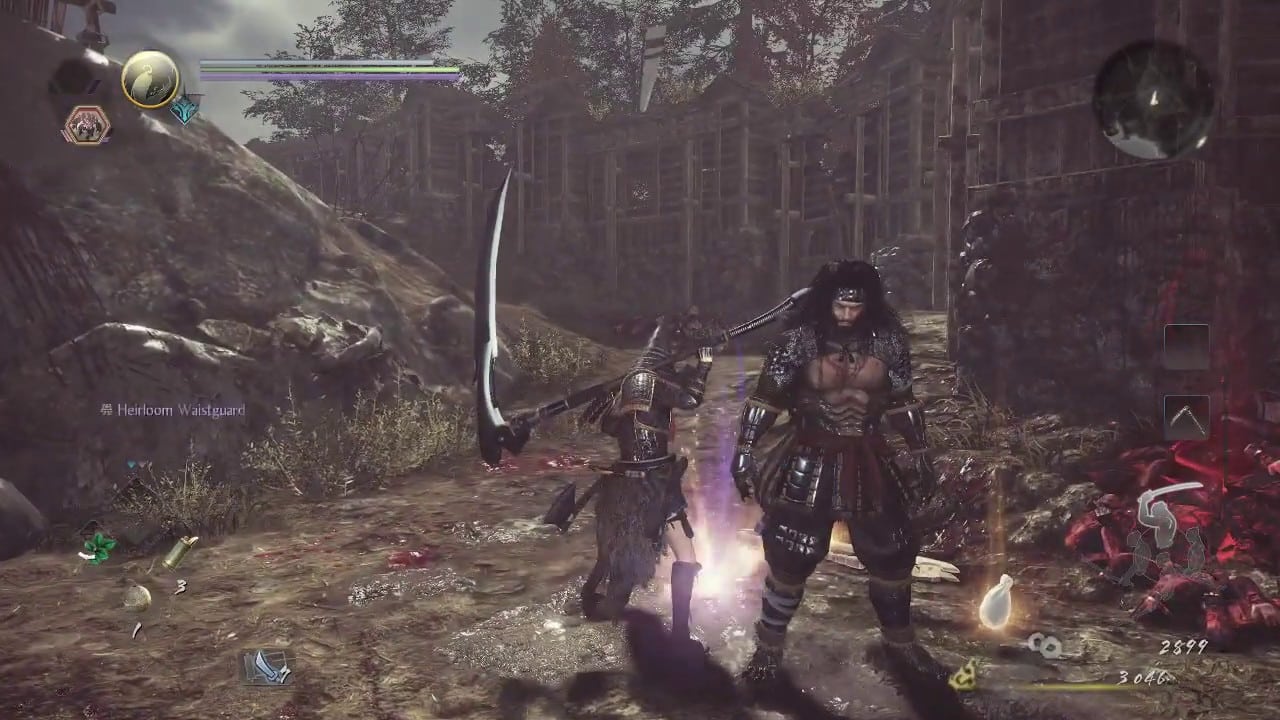
Jittery and agile fighting has been replicated in the sequel’s movement, making it one of the best in the series. Personalization possibilities, skill trees, and weak areas on diverse foes all contribute to a spectacular fighting experience. There are a wide variety of opponent kinds, each of which necessitates a particular method of killing. Playing the game requires a great deal of strategy and skill. There are other ways of dealing with opponents, such as using brute force, which has its own benefits.
In terms of visuals, the title is more spectacular, as one would want from a follow-up. As a whole, the soundtrack isn’t bad, but it’s a mixed bag, with certain objectives allowing players to endure them for longer than they’d want. However, in the Byodo-In-district in specifically, there is some excellent singing. In other words, hold off on replacing anything with Billy Elish or whatever the current generation’s music tastes are just yet. Honestly, slicing up warriors and demons and Japanese monsters to the rhythm of Desmond Dekker is a real blast for me.
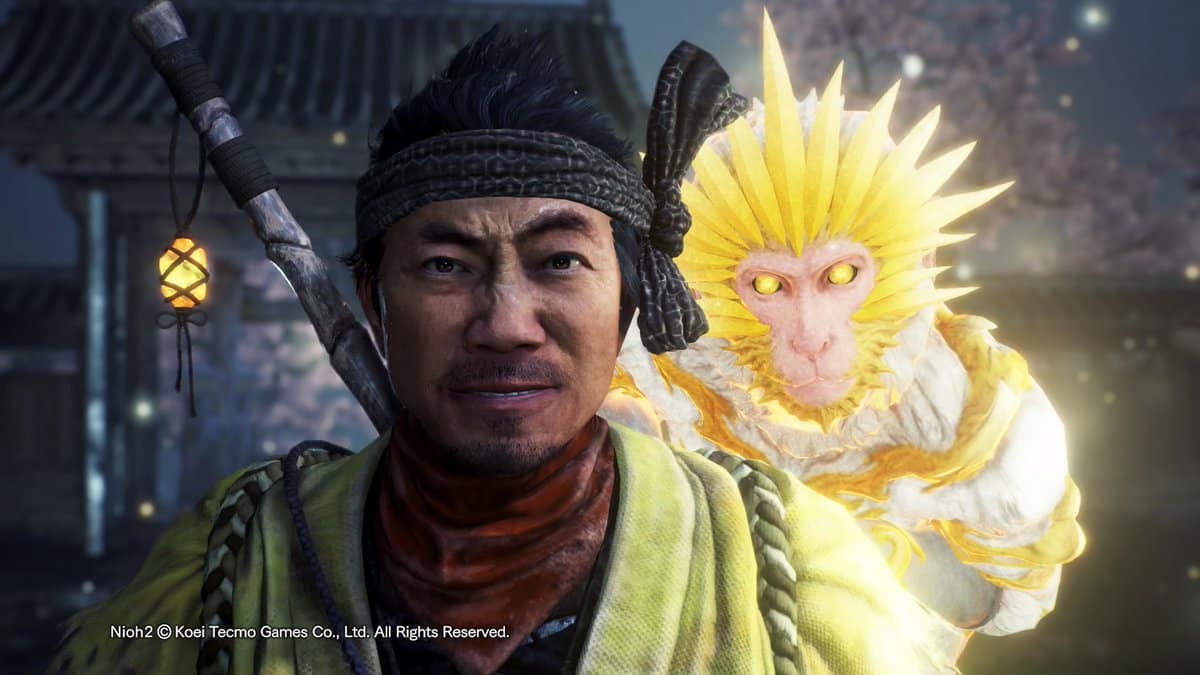
The style of the original Nioh’s enemies and bosses was one of my major pet peeves. A large number of foes in the original game were tough to defeat because they dealt out a large deal of punishment, rather than possessing well-designed techniques that kept me on my feet. Not to suggest that Nioh 2 does not have its share of nonsense adversaries; rather, it has considerably improved opponent caliber while still maintaining a level of difficulty.
In general, enemies have more nuanced yet balanced movement patterns, and defeating a monster is a more rewarding experience, making it more fun to play through to the conclusion. The enemy/boss styles are the most noticeable difference between the two titles, and it was because of this that I decided to spend more time in Nioh 2’s postgame than I did in Nioh’s.
The Verdict
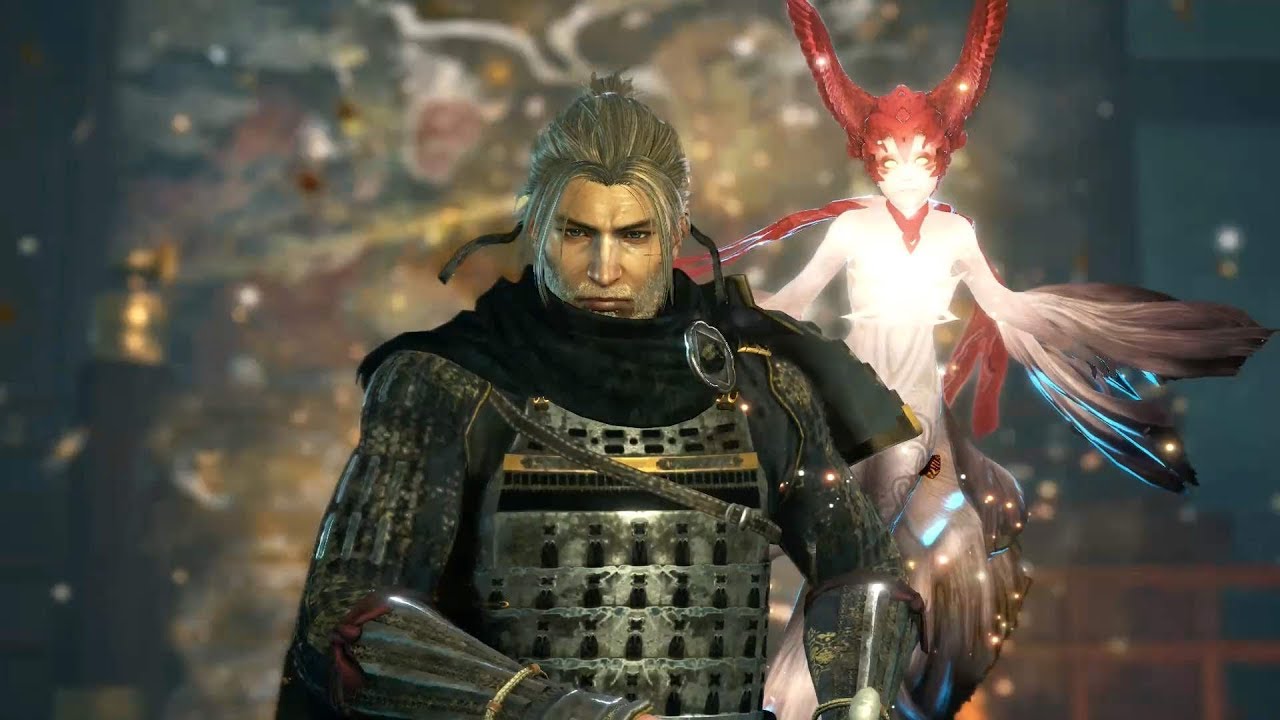
The music in Nioh 2 is also rather good. While many of the sounds may seem nostalgic to anyone who completed the original game, I found myself particularly fond of the fight soundtracks heard in the game’s later stages. Particle effects may become a little overbearing and impose a lot of pressure on some elderly computer set-up, but the gameplay itself is beautiful.
It’s safe to say that Nioh 2 is a masterwork in its own right. Fans of the original Nioh should not miss its sequel, nor would I hesitate to suggest it to anyone who appreciates action games with intricate fighting mechanics. While I suggest the original Nioh to anybody curious about getting a sense of the game’s mechanics and plot, it is by no means a necessity.

